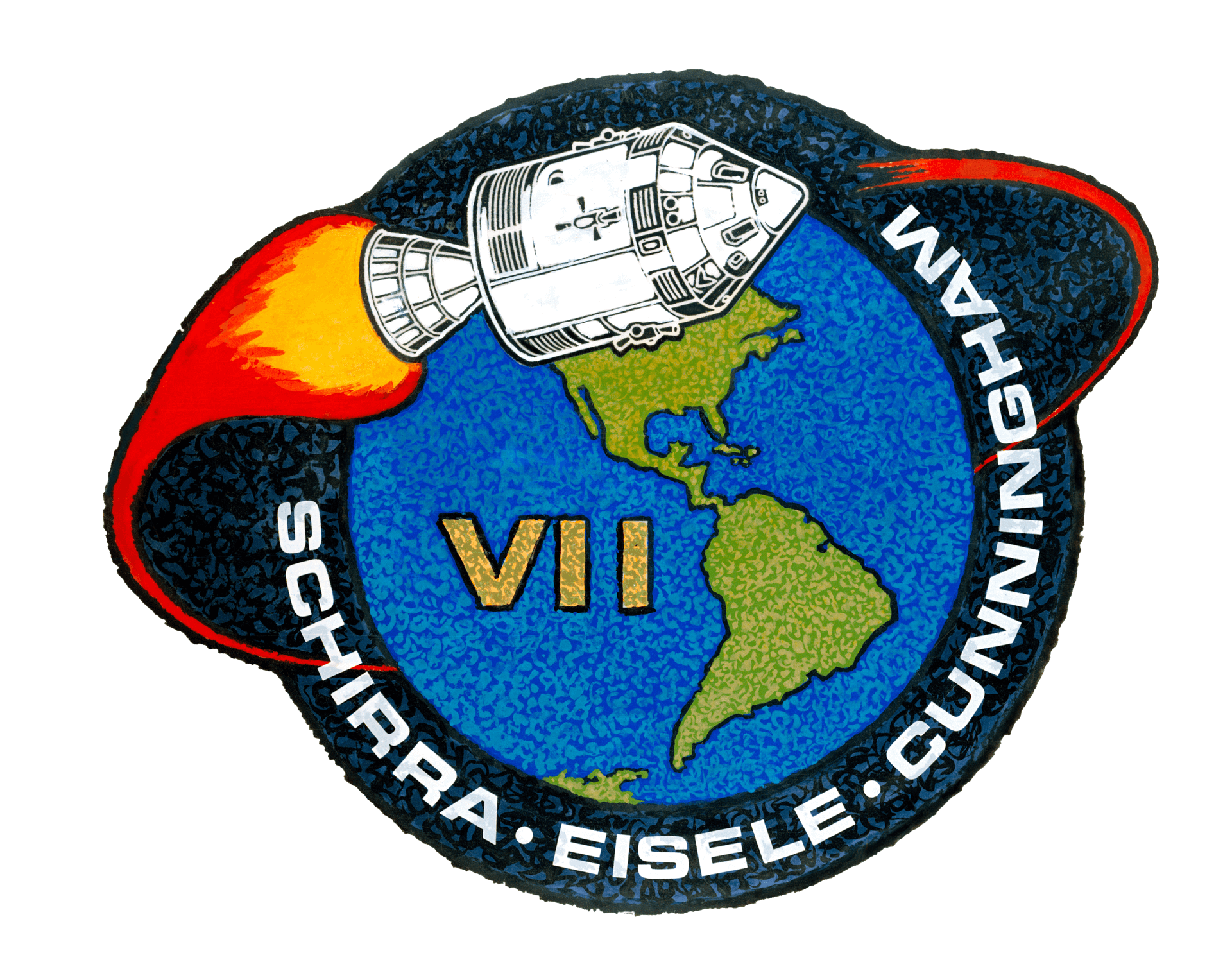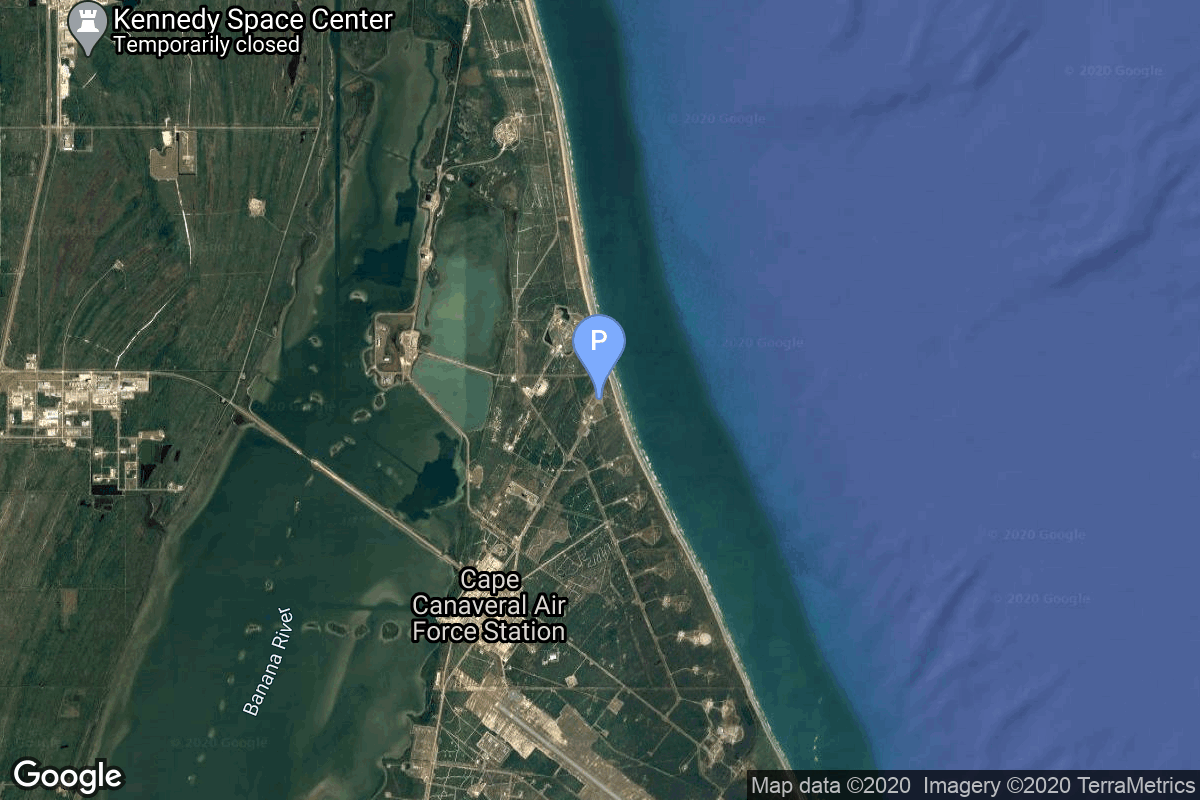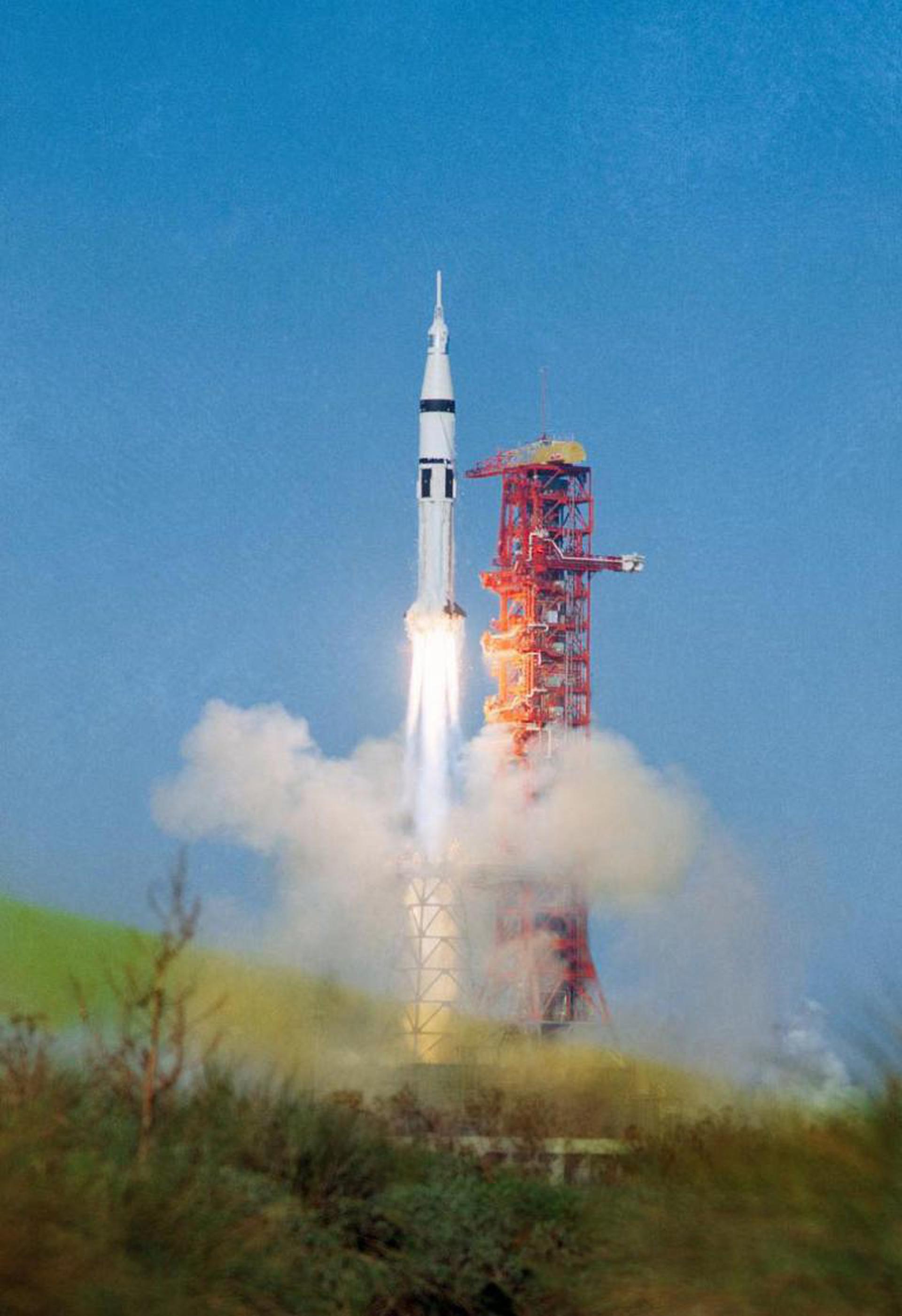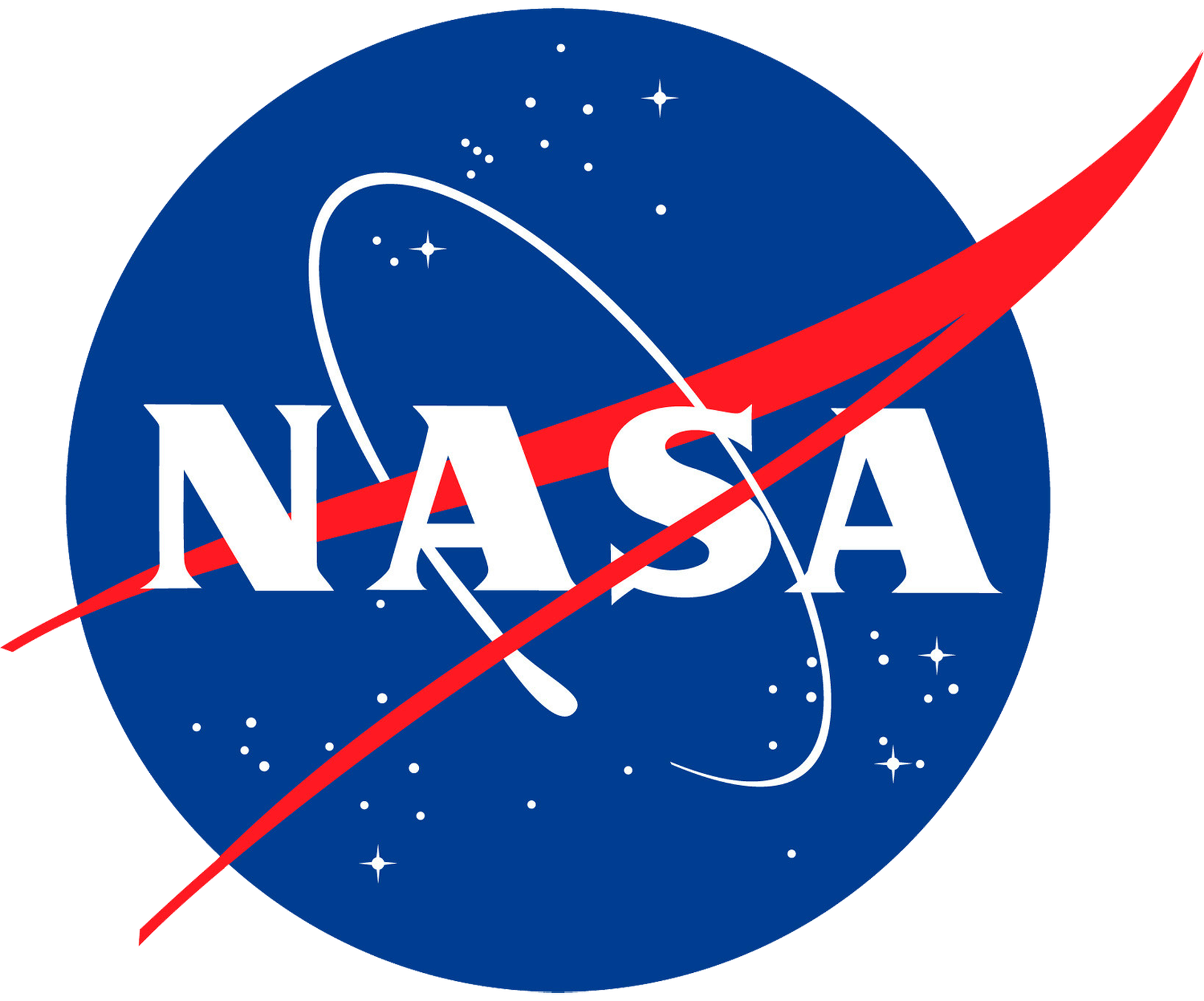Apollo 7
Saturn IB
National Aeronautics and Space Administration
Rocket Launch Videos
Crew
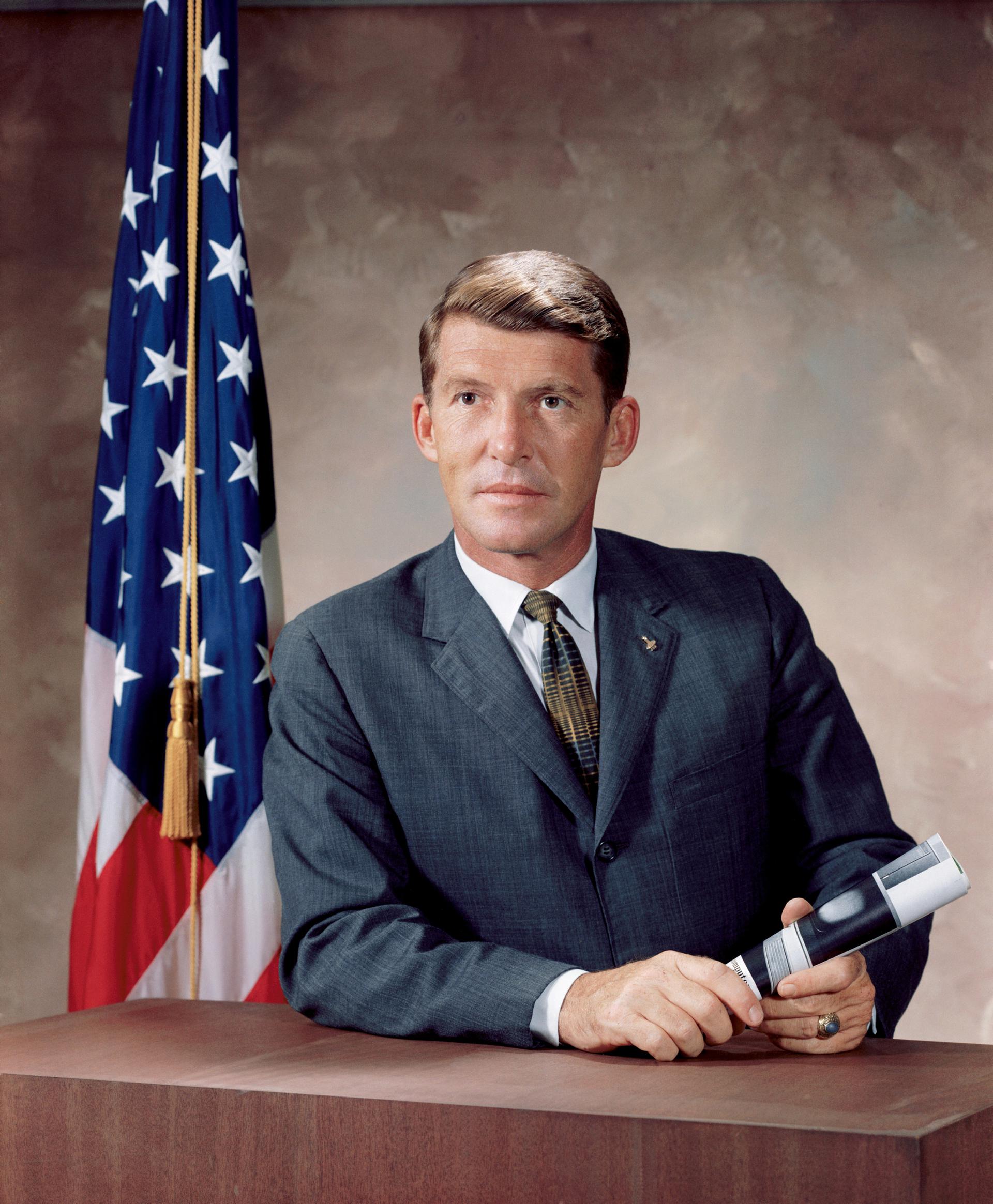
Wally Schirra
- Birthday: 03/12/1923
- Role: Commander
- Nationality: United States of America
- First Flight: 10/03/1962
- Last Flight: 10/11/1968
Walter Marty Schirra Jr. was an American naval aviator and NASA astronaut. In 1959, he became one of the original seven astro...
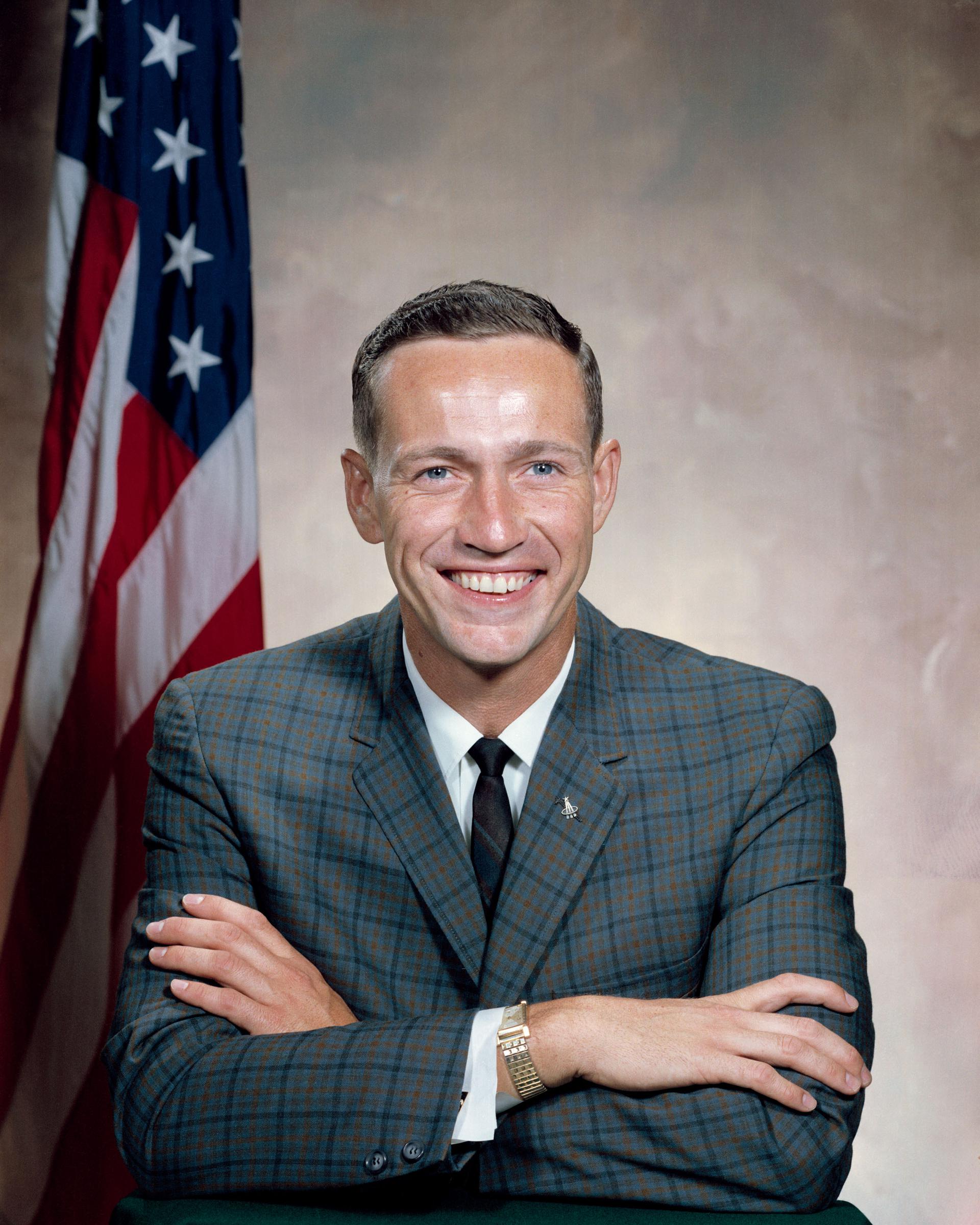
Donn F. Eisele
- Birthday: 06/23/1930
- Role: Command Module Pilot
- Nationality: United States of America
- First Flight: 10/11/1968
- Last Flight: 10/11/1968
Donn Fulton Eisele was a United States Air Force officer, test pilot, and later a NASA astronaut. He occupied the Command Mod...
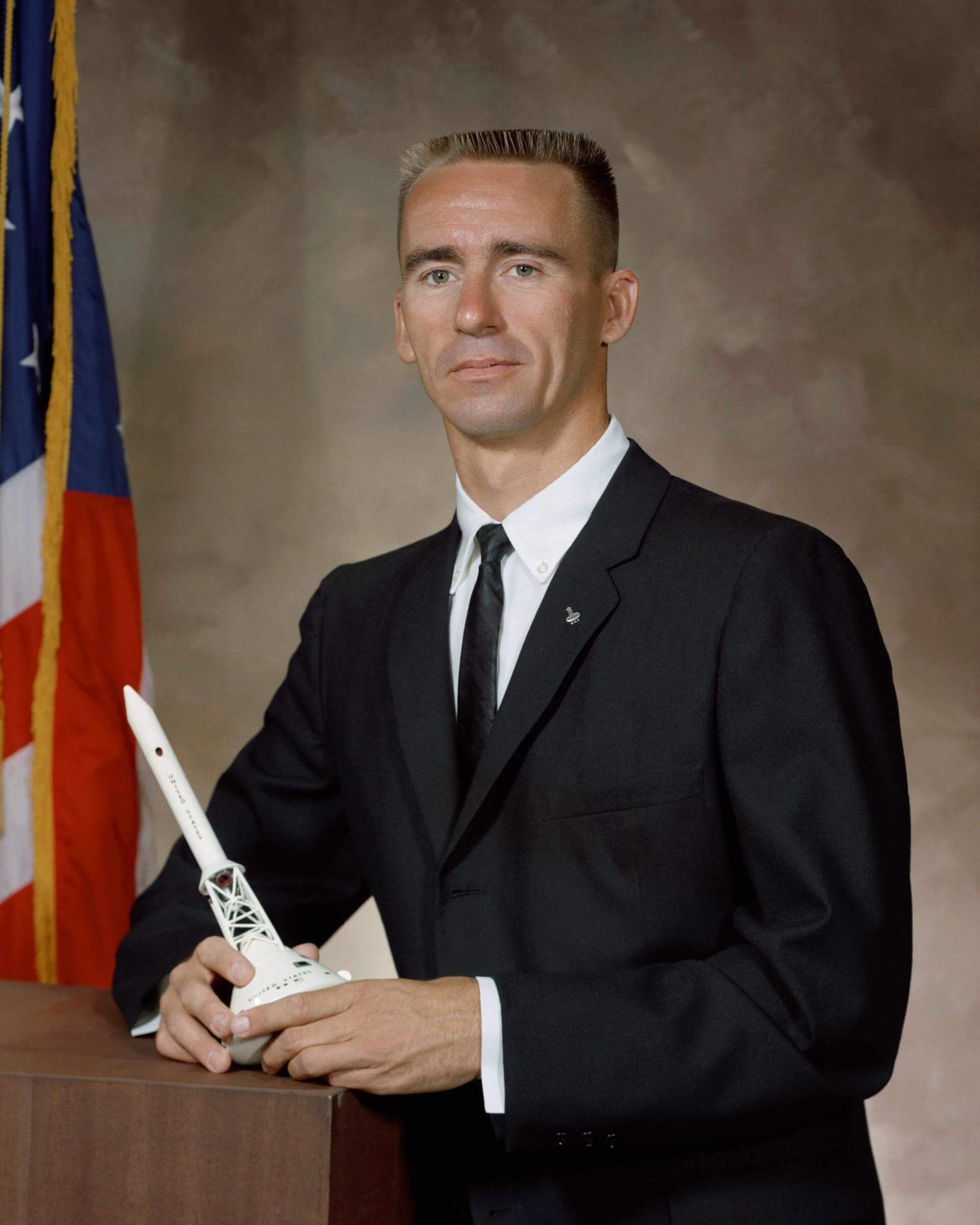
Walter Cunningham
- Birthday: 03/16/1932
- Role: Lunar Module Pilot
- Nationality: United States of America
- First Flight: 10/11/1968
- Last Flight: 10/11/1968
Ronnie Walter Cunningham was an American astronaut. In 1968, he was a Lunar Module Pilot on the Apollo 7 mission. He was NASA...
Mission
Apollo 7
- Type: Human Exploration
- Orbit: Low Earth Orbit
The Apollo 7 crew was commanded by Walter M. Schirra, with Command Module Pilot Donn F. Eisele, and Lunar Module Pilot R. Walter Cunningham. Their mission was Apollo's 'C' mission, an 11-day Earth-orbital test flight to check out the redesigned Block II Apollo Command/Service Module (CSM) with a crew on board.
Location
Launch Complex 34
Cape Canaveral SFS, FL, USA
Find the best place to watch the launch from Florida
Launch Complex 34 has witnessed the launch of 9 rockets, including 3 orbital launch attempts. While Cape Canaveral SFS, FL, USA, has been the site for 1029 rocket launches.
Cape Canaveral Space Force Station (CCSFS) is an installation of the United States Space Force's Space Launch Delta 45, located on Cape Canaveral in Brevard County, Florida.
Rocket
National Aeronautics and Space Administration Saturn IB
The Saturn IB (pronounced "one B", also known as the Uprated Saturn I) was an American launch vehicle commissioned by the National Aeronautics and Space Administration (NASA) for the Apollo program. It replaced the S-IV second stage of the Saturn I with the much more powerful S-IVB, able to launch a partially fueled Apollo Command/Service Module (CSM) or a fully fueled Lunar Module (LM) into low Earth orbit for early flight tests before the larger Saturn V needed for lunar flight was ready.
Agency
National Aeronautics and Space Administration
The National Aeronautics and Space Administration is an independent agency of the executive branch of the United States federal government responsible for the civilian space program, as well as aeronautics and aerospace research. NASA have many launch facilities but most are inactive. The most commonly used pad will be LC-39B at Kennedy Space Center in Florida.
Learn more about National Aeronautics and Space Administration
